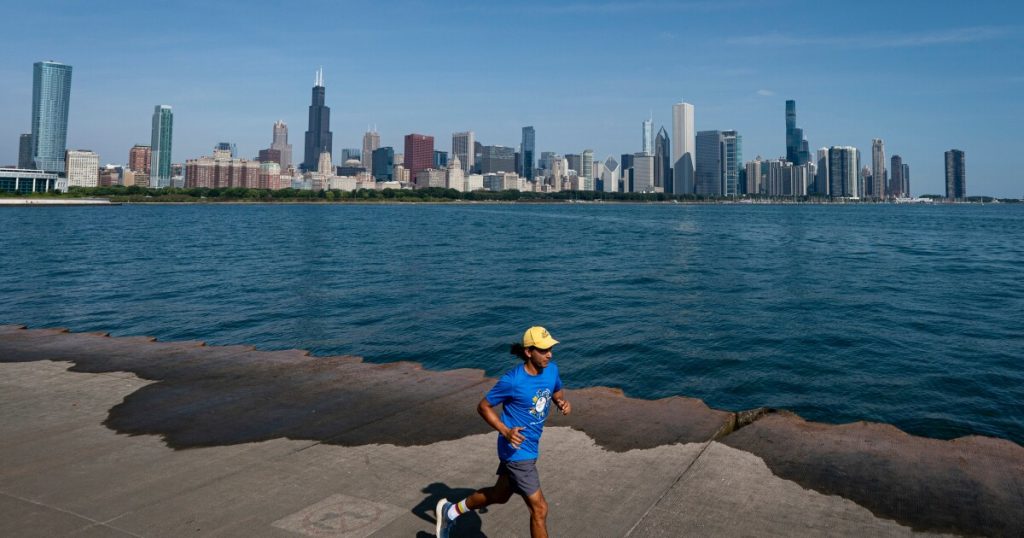- Key insight: PNC is aiming to build density in certain markets where it currently operates, largely in faster-growing regions, while also pulling back from its legacy footprint.
- What’s at stake: Banks have been flocking to cities across the Southeast and Southwest, where local economies are rapidly growing.
- Supporting data: PNC has shrunk its overall branch network by 200 over the last seven years as it closes locations across its legacy markets.
The Pittsburgh-based bank said Friday it will spend $2 billion to add 300 new branches by 2030, reiterating a priority on organic growth, even as it works to close and integrate its latest acquisition.
At the beginning of 2024, PNC said it would invest $1 billion to add 100 branches, before
Alex Overstrom, head of retail banking, said at an industry conference Friday that the steadily growing expansion plan isn’t about adding new markets to PNC’s map, but is instead focused on bulking up in places where PNC already operates. As it builds density, the bank is targeting a 7% local branch share, which Overstrom said is when growth “really accelerates.”
“We like the opportunity in the markets we’re in,” Overstrom said Friday. “What you saw in the announcement today is really us bringing a lot of those markets … to the degree of scale we think is opportunistic to accelerate our growth.”
The latest iteration of PNC’s expansion plan includes boosting its presence in Nashville and Chicago, where it will add a combined 60 new branches. PNC will plant the other 40 new locations in cities across Florida and North Carolina — marking its continued push into two states with some of the stiffest bank competition in the country.
Financial institutions have been
PNC is doing both.
In September, the $559 billion-asset company
The deal will allow PNC to use some of the resources it had planned to grow in FirstBank’s markets for branch builds elsewhere, Overstrom added in September. The company has also targeted organic growth in cities across Texas and other Southeastern states, where it beefed up its footprint in 2021 with the purchase of BBVA USA.
PNC CEO Bill Demchak has
On Friday, PNC Chief Financial Officer Robert Reilly emphasized that the company isn’t going to buy a bank if it doesn’t make sense, or if shareholders don’t approve. The company’s stock is down some 9% since it announced the FirstBank acquisition.
Key to the Pittsburgh bank’s strategy is a pullback on its footprint in legacy states with less-booming economies, like Pennsylvania, Ohio, New Jersey and Michigan.
PNC currently operates 2,200 branches across its footprint, about 200 fewer than it had seven years ago.
Since 2018, the bank has closed roughly 700 branches in its legacy markets, while adding about 500 locations in growth markets.
Overstrom said Friday that now, more than 40% of the company’s branches are based in “fast-growing expansion markets,” compared with less than 20% in 2018. He added that the bank is currently “at scale” in six of the top-30 U.S. markets, but its goal is to hit 18 in the next four years.
PNC expects the brick-and-mortar buildout to increase its retail deposits by at least $20 billion, or roughly 10%, Overstrom said.
The 300-branch expansion also comes with plans to hire 2,000 more employees, though Overstrom said PNC has also reduced its operational and middle-office workforce by the same amount in the last two years due to automation and efficiency efforts.
“We want to invest to grow,” he said Friday. “And we think it’s really important to do our part to self-fund as much of that investment as we can through automation, through technology and just sort of rigorously running the business every day.”

